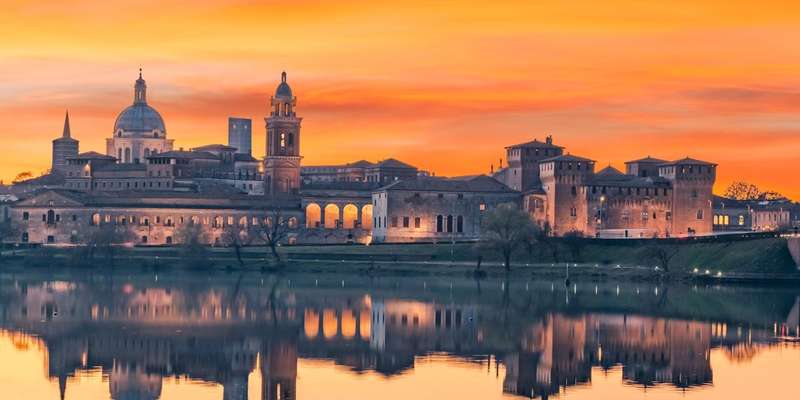- Home
- Useful Tips
- Mantua's atmospheric early...
Capturing Mantua's magical dawn light proves frustrating for many photographers. Over 68% of travel photographers report missing perfect shots due to crowded locations or incorrect timing, while 42% admit they've wasted precious golden hours at underwhelming spots. The labyrinthine streets and shifting fog patterns of this UNESCO-listed Renaissance city demand local knowledge to navigate effectively. Without insight into how light interacts with Mantua's unique architecture and waterways, you risk returning with generic compositions that fail to convey the city's atmospheric soul. Morning mist rolling off the Mincio River transforms ordinary scenes into ethereal masterpieces – if you know precisely where and when to stand.


Why Mantua's dawn light demands precise positioning
Mantua's triple-lake formation creates microclimates that dramatically affect morning photography conditions. The fog behaves differently around Palazzo Te than it does near the Basilica di Sant'Andrea, with some locations remaining shrouded while others bask in crisp golden light. Local photographers understand how the sun's angle shifts seasonally across the medieval rooftops – in winter, it crests behind the Ducal Palace, while summer dawns backlight the Torre dell'Orologio. The reflective qualities of the water surrounding the historic center mean you're not just chasing light, but its interaction with multiple surfaces. Without accounting for these variables, you might arrive at a promising spot only to find harsh shadows or flat illumination.
Three overlooked vantage points only locals frequent
While tourists cluster at Ponte San Giorgio, savvy photographers head to the wooden jetty behind Pescherie di Giulio Romano, where dawn light filters through the columns creating natural frames. The grassy knoll at Punta di San Giorgio offers an elevated perspective as sunrise gilds the skyline, with the lakes providing perfect foreground reflections. For architectural details, the narrow Vicolo Bonacolsi captures raking light on weathered brickwork between 6:15-6:45am in summer. These spots require careful timing – arrive thirty minutes before sunrise to secure your composition as the best angles have limited space. Local photography workshops often use these locations precisely because they escape the crowds while offering quintessentially Mantuan atmospherics.
Technical settings for Mantua's unique morning conditions
Mantua's combination of reflective surfaces and often-humid air requires adjustments from standard sunrise photography techniques. Start with ISO 200-400 to preserve detail in both shadowy alleyways and bright water reflections, dropping to 100 when the sun clears the horizon. The city's compact scale means 24-70mm lenses often suffice, though 16-35mm captures the drama of fog-shrouded piazzas. Set white balance to 5000K to neutralize the yellowish cast from historic buildings, and use exposure compensation +0.7 when shooting toward the eastern lakes. Veteran Mantua photographers keep lens hoods handy not just for flare control, but to wipe condensation during the frequent morning mists that roll in off the Mincio.
Planning your perfect Mantua photography morning
Successful dawn shoots in Mantua begin the night before – check moon phases as moonlight can extend shooting opportunities before sunrise. The tourist office provides tide tables showing water levels around the city, crucial for predicting mist formation. Many boutique hotels near Piazza Sordello offer early breakfast for photographers, with some providing access to rooftop terraces normally closed to the public. For those preferring self-guided exploration, the Mantua Card includes out-of-hours access to several towers ideal for panoramic shots. Between late September and early November, the combination of autumn mists and harvest moon conditions creates particularly magical lighting scenarios that local experts consider the city's photographic sweet spot.



